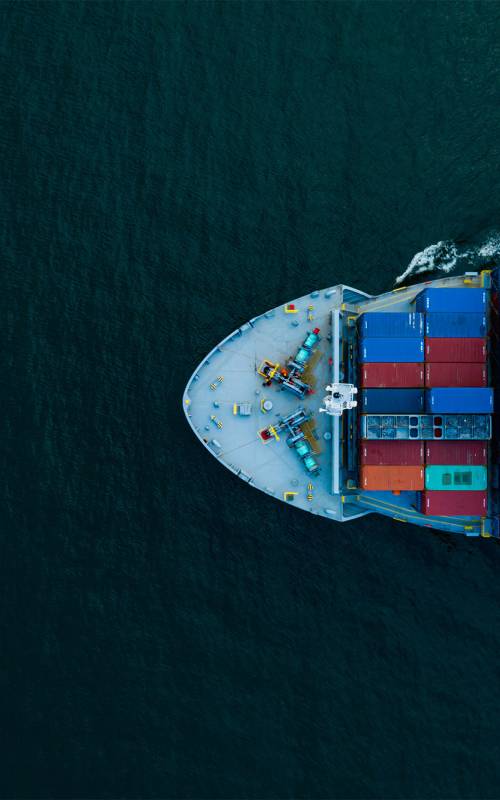The bill of lading
Bill of Lading
The Bill of Lading, also known as the goods security document, serves as evidence of the contract between the consignee of the goods to be transported and the shipping agent, who draws up the Bill of Lading. It also represents the value of the goods.
The bill of lading must contain the following information:
- consignee (consignee)
- unloader (shipper)
- shipper (shipping company)
- name of the vessel
- Port of Loading (POL)
- Port of Discharge (POD)
- consignment details (type of goods, dimensions, number of packages, weight, markings, IMO data if a dangerous goods consignment is involved)
- provision on freight (collect or prepaid)
- place and date of issue of the bill of lading
- signature
- number of originals
The bill of lading of a shipment consists of original documents and copies. These must be marked as such. The number of copies is determined by the shipper. The Overseas transport usually contains 3 originals. In European-wide freight transport 2 are issued.
types of bill of lading:
- received for shipment B/L
- board bill of lading ("shipped on Board B/L")
- collective bill of lading ("groupage B/L")
- multimodal transport bill of lading ("multimodal transport B/L")
- through bill of lading ("through B/L")
- Express Cargo Bill (ECB)/Sea Waybill



